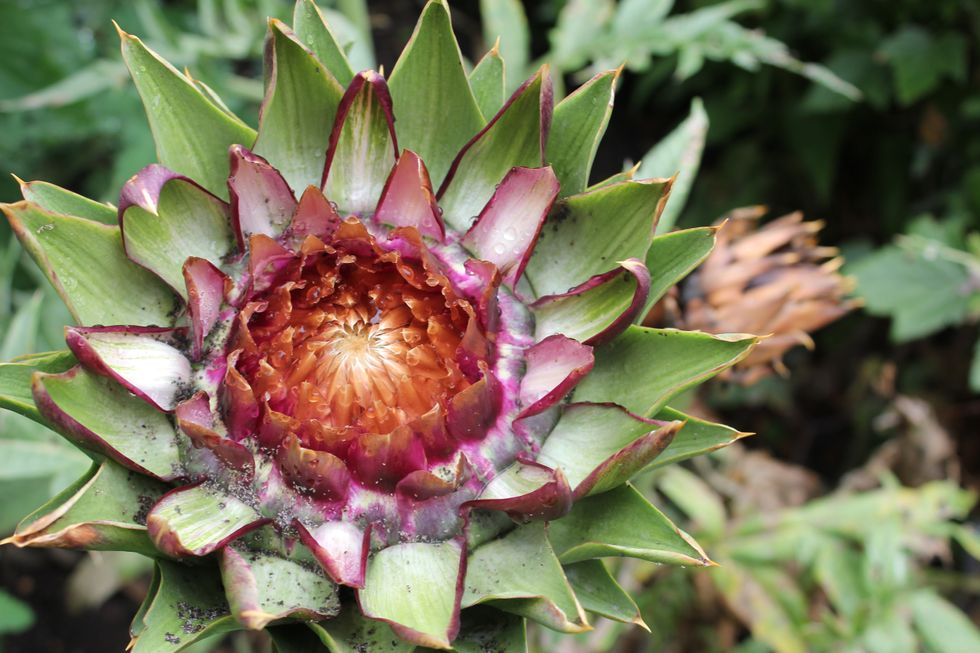At our roots, we are social creatures: we get together to hunt, to feed, to laugh. Each gathering, each interaction, creates a small timeline of its own. We tell stories to make the sad happy and to warn the reckless. Even gathering around in silence tells a story of its own: sadness, hope, togetherness.
We created a language to express our thoughts with our mouths, then our hands learned, too: we learned how to draw and we drew the most instinctual pictures known to us: love. joy. fear. death. The hands that learned to speak learned to mold, too, learned to build, learned that function can also be art, that art can be function. We discovered that dark equates to cool and light brings warmth; we put the two together, one laid gently over the other, and learned to write.
Pablo Picasso said, “All children are artists. The problem is how to remain an artist once we grow up.” How indeed? Sir Ken Robinson gave a TED talk in 2006 on the effects of education on creativity. It’s a charming, delightfully funny, and incredibly insightful talk that I recommend you watch. (It’s only 20 minutes. Here’s the link.)
Creation comes in many forms (try not to ask, in the spirit of Ken Robinson, 'how creative are you?' but instead ask, 'how are you creative?') but we all have it. It is essential that we use it.
I have memories of strolling through woods so ancient it felt like traveling back in time, untouched save for the bright red signs that warned me of la chasse. I remember ducking through a small doorway in the ground to enter someone’s shelter from thousands of years ago, feeling the cool air soothe my skin, picturing the artistry of crafting a building into the earth itself. If I close my eyes I can see the little huts built of stone all those centuries ago that my sister and I used to hunt for on romps in the countryside. I imagine rough, gentle hands placing those rocks together, forming a shelter that maybe housed a conversation I’ve yet to have. The point is that creation lasts. And it touches people you could never imagine in your wildest dreams.
This article is part of a series on creativity and the creative process.



















